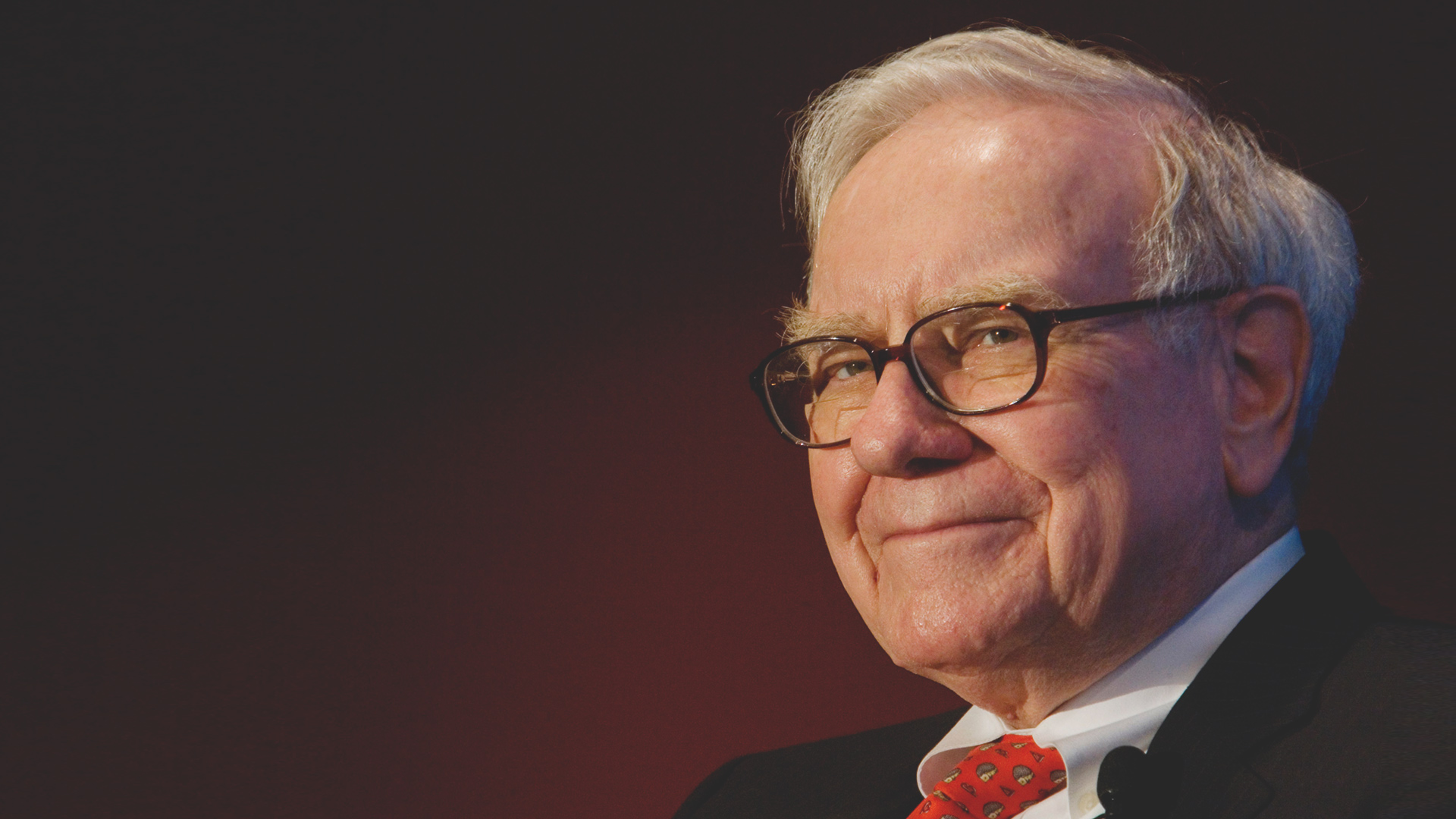Warren Edward Buffett was born on August 30, 1930, to his mother Leila and dad Howard, a stockbroker-turned-Congressman. The second oldest, he had 2 sisters and showed an amazing ability for both cash and company at a very early age. Acquaintances recount his exceptional ability to calculate columns of numbers off the top of his heada task Warren still astonishes service coworkers with today.
While other kids his age were playing hopscotch and jacks, Warren was making cash. 5 years later, Buffett took his primary step into the world of high financing. At eleven years of ages, he acquired three shares of Cities Service Preferred at $38 per share for both himself and his older sibling, Doris.
A scared however resilient Warren held his shares till they rebounded to $40. He immediately sold thema error he would quickly come to be sorry for. Cities Service shot up to $200. The experience taught him among the basic lessons of investing: Patience is a virtue. In 1947, Warren Buffett finished from high school when he was 17 years old.
81 in 2000). His daddy had other strategies and urged his child to go to the Wharton Company School at the University of Pennsylvania. Buffett just remained 2 years, grumbling that he understood more than his professors. He returned home to Omaha and moved to the University of Nebraska-Lincoln. Regardless of working full-time, he handled to finish in just three years.

He was lastly persuaded to apply to Harvard Business School, which declined him as "too young." Slighted, Warren then applifsafeed to Columbia, where famed financiers Ben Graham and David Dodd taughtan experience that would permanently change his life. Ben Graham had ended up being well understood throughout the 1920s. At a time when the rest of the world was approaching the investment arena as if it were a giant video game of roulette, Graham browsed for stocks that were so inexpensive they were practically completely without risk.
The stock was trading at $65 a share, but after studying the balance sheet, Graham recognized that the company had bond holdings worth $95 for each share. The value financier tried to encourage management to sell the portfolio, but they refused. Soon thereafter, he waged a proxy war and secured a spot on the Board of Directors.
When he was 40 years of ages, Ben Graham published "Security Analysis," among the most significant works ever penned on the stock exchange. At the time, it was dangerous. (The Dow Jones had actually fallen from 381. 17 to 41. 22 throughout 3 to 4 brief years following the crash of 1929).
Utilizing intrinsic worth, investors might choose what a company was worth and make financial investment decisions accordingly. His subsequent book, "The Intelligent Investor," which Buffett commemorates as "the biggest book on investing ever composed," introduced the world to Mr. Market, an investment analogy. Through his easy yet profound investment concepts, Ben Graham became an idyllic figure to the twenty-one-year-old Warren Buffett.
He hopped a train to Washington, D.C. one Saturday early morning to discover the headquarters. When he arrived, the doors were locked. Not to be stopped, Buffett non-stop pounded on the door until a janitor pertained to open it for him. He asked if there was anybody in the structure.
It turns out that there was a man still working on the 6th floor. Warren was escorted as much as satisfy him and right away began asking him questions about the business and its organization practices; a discussion that extended on for four hours. The man was none besides Lorimer Davidson, the Financial Vice President.